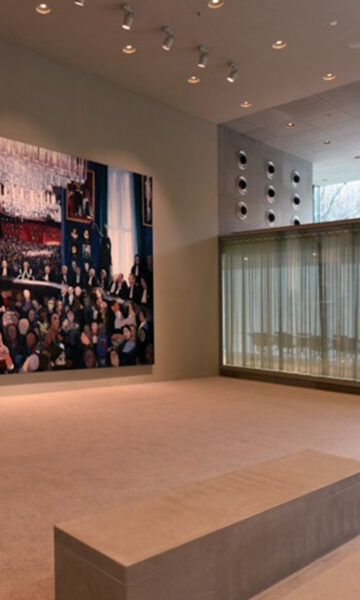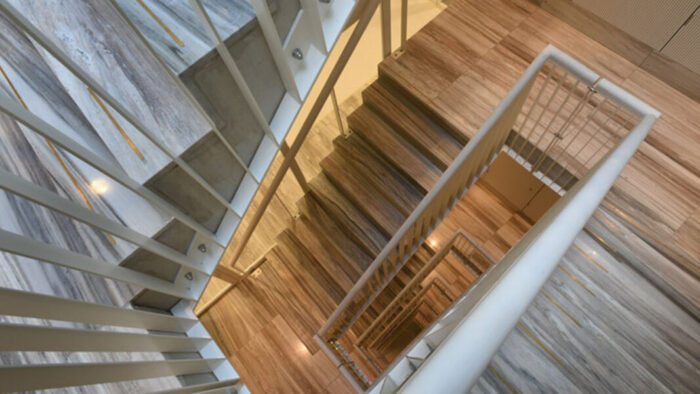Supreme Court of the Netherlands

The background
The Netherlands Government Buildings Agency Rijksvastgoedbedrijf, required the development of a new energy efficient Supreme Court with state-of-the-art facilities, and the demolition of the former AXA-building.
The Dutch Supreme Court is the highest court in the fields of civil, criminal and tax law in the Netherlands. The former court facilities were in poor condition and no longer met the changing needs of society. Therefore, investment in the judicial infrastructure was key to boost the economy and improve the efficient delivery of legal practices.
In 2012, the Government Real Estate Agency on behalf of Rijksvastgoedbedrijf, awarded Invesis the PPP contract to design, build, finance and maintain the new Supreme Court.
By partnering with Invesis, the client received a new building with timeless, contemporary architecture that represents continuity, their long-term vision for the future and accommodates the needs of all users of the court.
Client
Rijksvastgoedbedrijf
Capital Value
€59m
Sponsor/Investor
Invesis
Consortium
Poort van Den Haag B.V
Engineering, Procurement and Construction (EPC)
BAM Utiliteitsbouw B.V.
Operations and Maintenance (O&M)
ISS Integrated Facility Services
Business value
The design of the court was a key priority of the client. Invesis worked cohesively with our partners and selected designers to develop a design concept that was based on creating a sustainable, inviting and transparent environment; anchored within the Hague, whilst offering a neutral and peaceful space for its users.
Through fostering positive relationships with our partners and the client, Invesis were able to support Rijksvastgoedbedrijf in delivering an essential asset on time and on budget with little disruption to key legal services.

Key features
By using the PPP contract approach and partnering with Invesis, the project…
- design was based on a ‘Trias Energetica’ and ‘Triassic Ecologica’ concept, which aims to limit the unnecessary use of resources and reduce energy consumption
- energy costs were 50% lower compared to the most expensive bidder during the tender phase
- used Building Information Modelling (BIM) to detect and resolve design clashes within the disciplines in architectural, structural and design installation

